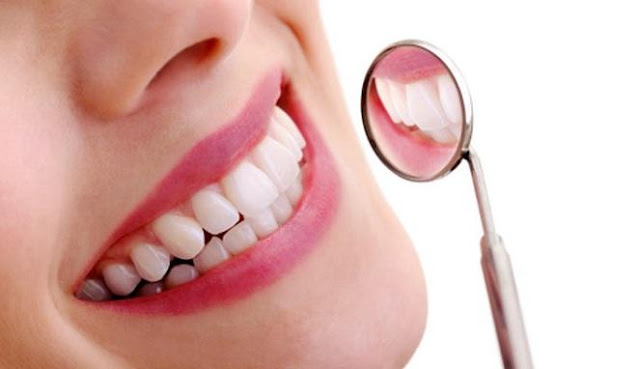Are you among those who avoid dinner, especially when you're on a diet? Upon seven o'clock, you've locked your mouth tight, you do not want to eat and even snack. Actually dinner is okay, but the most important is to pay attention to the portion and type of food consumed. If you eat a diet that is all-fat and sugary at night, certainly can increase the scales!
At night, the body's metabolism slows down so it is advisable not to eat too much. In addition, a little nighttime activity will cause a buildup of calories and certainly increase your weight. Also avoid dinner too close to bedtime, because it can increase blood sugar and make sleep difficult.
To avoid uninterrupted diet, choose this food menu as your dinner:
- High Protein Milk & High Fiber
High-protein, high-fiber milk can be your dinner choice as it can provide a longer satiety. This milk contains the nutritional needs of the body, such as protein, fiber, and calcium and other mineral vitamins. Choose milk that is also low in fat and contains controlled calories of 200 calories per serving.
- Salad
The vegetables found in salads are high in fiber and keep you full longer. However, avoid adding high-calorie salad dressing like mayonnaise. Alternatively, choose a more healthy and low-calorie salad dressing like olive oil.
- Protein
Protein will keep you full longer when compared to foods high in carbohydrates and fats. Some of the proteins you can consume are fish, chicken, meat, tofu, and nuts. Note also the way of processing; better to eat baked goods than fried.
Tips
- Try to eat a maximum of 3 hours before bedtime.
- Avoid fast food, ice cream, dairy products.
- Avoid foods high in carbohydrates and high in sugar. So also with food that is too spicy and spicy.
- Limit salt intake or high-salt foods (such as in canned foods or frozen processed foods), because it can make stomachs bloated and bloated.
By choosing the right menu, you do not have to worry that dinner will damage your diet. The key: pay attention to the portion and type of food!
























